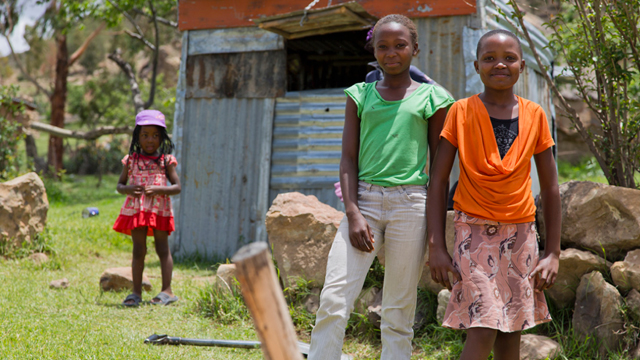Fuente Grupo del Banco Mundial/ 7 de Mayo de 2016
First Lady Michelle Obama Promotes Smart Investing in Girls’ Empowerment
- At a special event during the World Bank Group Spring Meetings, United States First Lady Michelle Obama advocated for adolescent girls’ education as smart economic policy.
- World Bank Group President Jim Yong Kim announced a $2.5 billion investment over five years in education projects targeted to adolescent girls.
- Continuous learning is essential to efforts to advance gender parity, and Obama called the investment a powerful affirmation of girls’ extraordinary promise.
At this special event, United States First Lady When United States First Lady Michele Obama was young, there were not many opportunities for girls in education and for women in employment. Over the last two decades the divide has narrowed between boys and girls in education and women now make up nearly half of the United States workforce.
Yet the progress we have made is not enough. Obama explained how critical gaps remain at a special “Let Girls Learn” event on April 13, 2016 during the World Bank Group-IMF Spring Meetings. An estimated 62 million girls around the world do not attend school, and half of these girls are adolescents. Women still lag behind men in most measures of economic opportunity, and in being able to make choices about their own lives.
Obama said an emphasis on girls’ education should be seen as a cornerstone of smart development agendas: “If half the population is devalued, abused and oppressed … sustainable development will not be possible.” Research has shown that enabling girls to attend and stay in school helps them to delay marriage, raise healthier children, and obtain better paying jobs.
2.5 Billion Pledge for Girls’ Education
Before introducing the First Lady at the event, World Bank Group President Jim Yong Kim announced that the World Bank was pledging USD 2.5 billion over five years to education projects targeting adolescent girls (ages 12-17). The funds will be allocated by 2020 and 75 percent of the money will go mostly to countries in Sub-Saharan Africa and South Asia, which have the highest number of out-of-school girls.

Research shows getting girls to attend and stay in school is smart development policy. (Photo credit Peace Corps)
Kim noted the enormous prospects for economic growth if every adolescent girl can complete a full 12 years of education: «Unleashing the full economic potential of half the population can drive the growth and prosperity of nations. Investing in girls and women is not only the right thing to do for them as individuals. It’s also the smart thing to do for economies.»
The investment is part of the new World Bank Group global strategy for gender equality to promote its twin goals of ending extreme poverty and boosting shared prosperity.
Making Progress Toward Gender Equality
Three representatives from Ghana, India, and Rwanda began the event by describing their governments’ strategies in educating and training girls, to help them eventually attend college, gain access to credit, run their own businesses, and raise healthier families. They cited examples of changing societal attitudes toward employment, integrating gender in budgets, making school infrastructure and curricula more girl-friendly, and offering life and job skills courses.

A packed audience awaits the start of the “Let Girls Learn” event at Washington, DC headquarters
Case studies and discussions on these types of gender equality initiatives can be found in the Open Learning Campus’ gender curricula. Videos, e-courses, communities of practice, and other offerings cover gender and agriculture, economic empowerment, energy, health, infrastructure, and many more related issues. The Open Learning Campus recognized that filling knowledge gaps in this area for policymakers, practitioners, civil society, and the general public could lead to more innovative thinking and collaborative solutions.
The Open Learning Campus’ just-in-time interactive learning in gender topics features the World Bank’s cross-sectoral knowledge and experiences on the ground. More learning in this area could help all of us answer Obama’s call to action: What can my government, business, organization, or I do to help girls go to school and be drivers of growth and progress.








 Users Today : 78
Users Today : 78 Total Users : 35460209
Total Users : 35460209 Views Today : 112
Views Today : 112 Total views : 3418895
Total views : 3418895